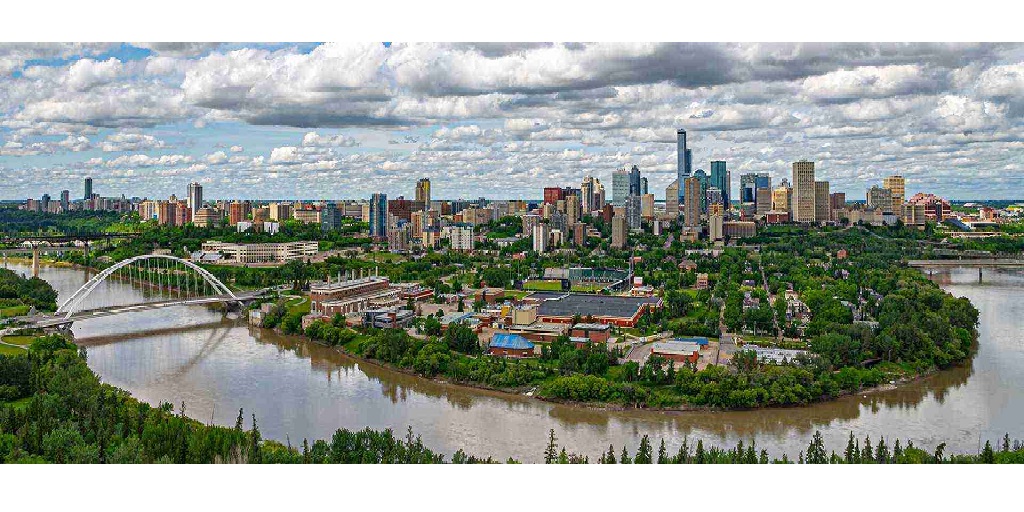When buying, selling, subdividing, or developing land, nothing is more fundamental than clearly knowing where your property begins and ends. That’s where cadastral surveys come in. If you’re researching cadastral surveys in Edmonton, it’s likely because you need legal certainty about land boundaries—and you’re absolutely right to take it seriously.
What Is a Cadastral Survey?
At its core, a cadastral survey is a legal survey that defines and documents the exact boundaries of a property. These surveys are registered with provincial land titles offices and are part of the legal public record. They’re the backbone of land ownership and play a vital role in real estate transactions, resolving boundary disputes, land development, and title registration.
In practical terms, cadastral surveys map out lot lines, easements, rights-of-way, encroachments, and dimensions. They ensure that when a land title is issued, it’s not just a piece of paper—it’s a document that accurately reflects what exists on the ground.
Why Cadastral Surveys Matter in Edmonton
Urban growth, infill development, and subdivision projects are common in Edmonton. With properties changing hands or being reconfigured, there’s no room for guesswork when it comes to legal boundaries. A mistake in identifying property lines can lead to delays, legal challenges, or even financial losses.
If you’re a developer planning a new build or a homeowner adding a garage or fence, having access to cadastral surveys in Edmonton is essential. These surveys provide clarity and confidence, ensuring compliance with municipal regulations and zoning bylaws.
When Do You Need a Cadastral Survey?
Here are common scenarios in which a cadastral survey is not just helpful—it’s required:
- Property subdivision. Planning to divide a single parcel into multiple lots? A cadastral survey will define each new boundary precisely.
- Boundary disputes. If there’s a disagreement between neighbours about where one property ends and another begins, a cadastral survey provides definitive legal proof.
- Land development. Whether it’s a new residential project, a commercial building, or a condo development, cadastral surveys support accurate planning and permitting.
- Title registration issues. If there’s uncertainty or inaccuracy in your land title records, a cadastral survey is often the first step in correcting them.
- Utility and infrastructure planning. Accurate cadastral data is essential for placing utilities, drainage systems, and roads.
What’s Included in a Cadastral Survey?
While each project may vary, a typical cadastral survey includes:
- Monumentation (placing legal survey markers on the property)
- Detailed site measurements
- Research into land title documents and historical records
- Legal plans that conform to land titles office standards
- Surveyor’s field notes and digital data
In Edmonton, cadastral surveys must comply with provincial legislation and standards. Surveyors must be certified and authorized to submit plans to the Alberta Land Titles Office. That means accuracy, legal compliance, and high standards are non-negotiable.
How Cadastral Surveys Help Prevent Future Problems
One of the biggest advantages of cadastral surveys is that they don’t just solve problems—they prevent them. For example:
- A clear boundary survey avoids accidental encroachments by you or your neighbour.
- Proper documentation helps your project move smoothly through permitting and approvals.
- A legal boundary record provides protection in case of future ownership or title issues.
When property ownership is on the line, don’t leave it to assumptions or outdated records. Start with a cadastral survey—and build everything else on that solid foundation.
For more information about Land Survey Services Saskatchewan and Land Survey Services Regina Please visit: CORE Geomatics.
